If you’re looking for an at-home workout solution that will give you a full-body workout to build muscle and strength, then pull-ups SHOULD be in your workout routine. The next question is equipment: Straight bar pull-ups vs gymnastics ring pull-ups. Which is better?
Both pieces of equipment have their pros and cons, so it can be tough to decide which one is right for you. 📍Rings vs Bar is a very common concern in calisthenics and even in CrossFit. The solution to the issue depends on your GOALS, CURRENT SKILL LEVEL, and CURRENT SITUATION.
If you’d have to choose one, know what you want to achieve first, but we highly recommend training for both in a planned, structured manner!
Check out our IG post and follow us on Instagram @themovementathlete
When it comes to home gym equipment, there are a lot of different options to choose from. Two of the most popular choices are pull-up bars and gymnastics rings. Both have their own unique benefits and drawbacks.
☝️So, which one is the better choice for you?
In this article, we will compare pull-up bars vs gymnastics rings and help you decide which one is best for your needs.
We’ll cover the main differences between:
- 🔥 Gymnastics rings and straight-bar
- 🔥 Advantages and disadvantages of each
- 🔥 Doing pull-ups on each equipment
- 🔥 Performing different exercises on each equipment
- 🔥 And other frequently asked questions between the two equipment
Here’s a general table of what you’ll read below regarding performing pull-ups on each equipment:
| PROs | CONs | |
| Gymnastics Rings Pull-ups |
|
|
| Straight Bar Pull-ups |
|
|
✨What are pull-up bars and gymnastics rings?
Let’s first know what the two popular equipment are and the obvious differences between the two are.
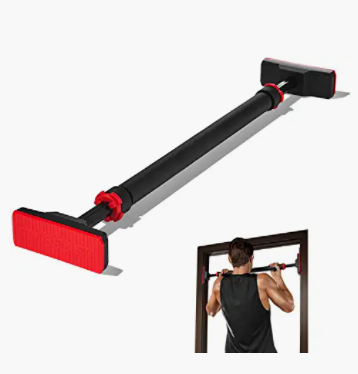
Door frame from Amazon example
👉Pull-up bars are a type of fitness equipment that can be used for a variety of exercises, most commonly including pull-ups, chin-ups, and hanging leg raises. Pull-up bars are typically made from steel or another sturdy material and can be mounted on a wall or door frame.
There are various shapes and types of pull-up bars so finding a good one that fits your budget and lifestyle isn’t going to be a problem.
Good thing calisthenics doesn’t need a lot of equipment in order to get a highly effective workout! Pull-up bars can easily be replaced by your regular home support beams or monkey bars if you don’t have the actual bars.
If you need more help on how to replace calisthenics equipment, check this out: 📍The Ultimate Guide to Calisthenics Equipment and Cheap Ways to Replace it
👍Pros
- ✅ Stable for better force production meaning easier to perform exercises, especially pull-ups and weighted variation
- ✅ Easier for beginners to grip
- ✅ Many hanging exercises you can do
- ✅ Easier to perform kipping movements
- ✅ Easy to find an alternative
👎Cons
- ❌ Freedom of hand and grip placement depends on a variety of pull-up bar available
- ❌ Lack freedom on shoulder movement
- ❌ Easier to cheat pull-ups
- ❌ Not as convenient to adjust or install

Gymnastics rings from Amazon example
👉Gymnastics rings are circular pieces that originate from the sport… You’ve guessed it, gymnastics. These are commonly used by gymnasts to train their upper body strength and part of their events most known as still rings.
However, in recent years, they have become popular among CrossFitters, calisthenics athletes, and general fitness enthusiasts as a versatile piece of workout equipment. People are now maximizing their bodies’ potential through ring training, not just male gymnasts specializing in the equipment.
Gymnastics rings are typically made of wood, but there are also now plastic and metal variations. In gymnastics, they have a set height, but in a general fitness setting, they come with adjustable straps that can be attached to any stable overhead structure.
Gymnastics rings offer a ton of variety of exercises. Apart from the high-level, advanced gymnastics skills, you can also perform the basic pull-ups, chin-ups, push-ups, dips, bodyweight rows, and more on the rings.
👍Pros
- ✅ More exercise variety compared to straight-bar
- ✅ Instability makes exercises more difficult for challenging workouts
- ✅ Freedom on the shoulder and arm movement for less demand on joints
- ✅ Easy to set-up
- ✅ Portable
👎Cons
- ❌ Not beginner-friendly
- ❌ Grip need getting used to
🌟The 3 Main Differences Between Straight Bar vs Gymnastics Rings
⚡️Fixed vs Free Moving
✅Pull-up bar
The classic pull-up bar can never go wrong!
Pull-up bars are fixed in one position so your grip will also be fixed. This offers stability which is perfect if you want to exert the maximum absolute strength on the bar. For example, you can get better numbers on your weighted pull-ups compared to doing them on the rings.
It’s also better for beginners just starting out since you have to worry “less” about stabilization.
The downside to this fixed position is that your shoulders and grip will also be fixed. Due to our differences in our own anthropometry, performing exercises in a fixed position could put unnecessary strains on the joints. For example, chin-ups (especially when lacking the overhead shoulder and forearm supination mobility) can lead to elbow pain AKA golfer’s elbow.
To learn more about why your elbows hurt during chin-ups,📍check this article out.
✅Gymnastics rings
Gymnastics rings are free to move. This means three things:
1. One is that you can perform a greater variety of exercises on the rings than you can on the pull-up bar.
Practicing ring muscle-up transition is easy thanks to the ring’s adjustable straps. TRANSITION (box or low ring) cage to low ring dip
For example, you can do pull-ups, chin-ups, and dips on both the pull-up bar and the rings. But on the rings, you can also easily perform push-ups, chest flys, tricep dips, ring shoulder push-ups, ab ring rollouts, tricep extensions, pelican curls, and much more.
2. Two is the high-increase instability which makes a lot of exercises much harder on rings.
Ring dips are much harder, but can produce better gains!
For example, if you have mastered the regular dips on a stable surface, you will still have a hard time learning the ring dip. When doing ring dips, you first need to have the upper body strength and core strength to stabilize first into a support hold position. It’s a far more challenging exercise, but worth all the effort.
If you’re interested in learning ring dips (which you should be after mastering dips), check this article out: 📍 The Ultimate Guide to Ring Dips: A MUST-HAVE Calisthenics exercise
In terms of producing force to perform reps, there’s actually minimal difference in pull-ups DEPENDING on ring strap length. The instability factor on the rings in the hanging position isn’t going to matter much compared to the push-up or dip position. If you massively increased the ring height, then the stabilization factor will play a greater role to control the movement.
3. Three, the free-moving rings allow your body to move in a more comfortable manner based on your own anthropometry.
Notice the hand twist to adjust the grip orientation.
A good example of this is going back to the chin-up progressions. To perform chin-ups, you need a good amount of shoulder flexion, shoulder external rotation, and forearm supination. If you don’t have it yet, then performing this on chin-ups can lead to injury.
HOWEVER, when chin-ups are done on rings, you can gauge how much supination and external rotation you can perform. This way, you can still build your back and biceps while not worrying too much about the risk of injuries.
Doing ring pull-ups also keeps you more accountable on form since you can easily identify if you’re cheating and using a swing motion or momentum. When you’re swinging too much on rings, it’s better to reassess your form and technique.
⚡️Handgrip
Skin the cat is another good example of a free-moving ring move that doesn’t restrict shoulder and arm movement.
With pull-up bars, you are limited by the types of handgrips you can perform. The most common ones are the supinated (underhand) grip and the pronated (overhand) grip. Depending on the bar you have, you can also add a neutral grip as well.
Grip width might also be limited especially for door frame pull-ups. So if you’re building up strength for archer pull-ups, you have to look for another option or just build absolute strength first through weighted pull-ups.
A standard pull-up bar grip is a good introduction grip for beginners who have limited grip strength at the moment.
On gymnastics rings, the circular handles will put a demand on a beginner’s hands. However, a false grip can be learned a bit easier due to the circular handle design.
You can also easily adjust the grip style (supinated, pronated, neutral, or a combination of the three) since the rings are free to move.
⚡️Convenience
Pull-up bars are commonly mounted into a specific position. Even if it’s a screwless type, it’s a bit of an inconvenience to move it around.
Gymnastics rings, however, are portable, and can easily fit in a small bag. You can virtually hang them anywhere sturdy to get a good upper-body workout even if you’re on the go.
🤔STRAIGHT RING PULL-UP vs STRAIGHT BAR PULL-UP
With all the differences and similarities discussed, so which is better for pull-ups then?!
Again, the answer is the ever most notorious: IT DEPENDS.
☑️Skill level
Beginners or those who are fairly new to learning pull-ups should stick to the straight bar variation for 2 main points:
- The grip is friendlier when first starting one, Which means faster progress and less frustration.
- The force you generate translates better unto the bar so faster progress with pull-ups.
For advanced athletes, your next consideration is the goals you want to achieve.
☑️Goals
If you’re geared towards learning gymnastics skills such as the ring muscle-up, ring back lever, focusing on ring pull-up makes much more sense.
If you’re interested in getting higher numbers on your max rep pull-up max weight on weighted pull-ups, a straight bar is your best option.
Specificity is key to achieving your goals.
☑️Shoulder and Elbow health
Gymnastics rings offer freedom of movement when executing through a movement pathway. Therefore, your shoulders and arms can be adjusted to your anthropometry’s comfort level. This puts fewer unnecessary joints especially if you’re body type is mechanically disadvantageous for pull-ups. Fewer risk of aches and pains for your joints and you can avoid the dreaded elbow pain.
📌Frequently Asked Questions
🔥Ring vs bar muscle-up
Since there’s a difference between gymnastics rings vs bar pull-ups and dips, this also translates to when performing muscle-ups. Technique difference means learning a ring muscle-up doesn’t necessarily transfer to bar muscle-up even though the strength component is transferable.
⭐️Ring muscle-ups
On rings, the muscle-up is required to be performed with a false grip, This is a non-negotiable due to the ring grip nature. The curved ring grip and instability will prevent you from easily rolling over to the dip position easily. Unless you use a strong kip or brute strength to generate a powerful pull, muscle-up on rings without the false grip is TOO DIFFICULT. It’s not impossible, but very difficult.
The instability factor makes it easier to adjust the grip orientation for muscle-ups making it safer for the shoulder joints but increasing the difficulty for the dip phase.
The trajectory of the muscle-up is also a bit different. You can go straight vertically then lean your body a bit forward to press up to the support dip.
⭐️Straight bar muscle-ups
On the bar, the muscle-up can be performed with or without a pull-up. The straight bar easily allows you to change the grip from the pull-up to the dip position. The fixed bar lets you generate maximum force to perform bar muscle-ups.
Explosive pull-up and transition into the dip are needed if done with a regular grip. A strict and slow bar muscle-up demands a false grip as well.
The trajectory of the muscle-up is also a bit different because of the fixed bar. You need to pull with an arching motion from the bottom instead of pulling vertically before leaning forward to complete the dip. The arching trajectory lets you transition to the bottom of the dip.
🔥Ring dips vs straight bar dips
There’s a big gap between the two. Ring dip is surely more difficult because you need to stabilize your body throughout the range of motion of the exercise. This puts a strong demand on your biceps, triceps, shoulders, core, and joints.
Straight bar dip puts more emphasis on your chest compared to doing dips on a dip bar. Because you’re on a stable surface, it’s inherently easier compared to ring dips.
🔥Kipping ring muscle-up vs Kipping bar muscle-up
The kipping variations have a similar concept compared to the strict variation. However, since there’s a lot less strength required when performing kipping muscle-ups on either equipment, the degree of difficulty will vary from person to person.
Kipping muscle-ups on rings tend to be easier for those who have the strength for it while it may be difficult for those who lack the strength to stabilize the rings. Due to the stable surface, kipping on a bar requires less effort, but mobility constraints and lack of proper technique can be sticking points.
🔎What if I don’t have rings?
Rings are accessible and affordable. However, if you’re still unable to find rings then you’re not totally at a loss.
If you’re training for dips, then parallettes, portable dip stations, a set of high chairs, or two elevated sturdy pieces of furniture will do fine. For pull-ups, you can stay on the pull-up bar or use compact suspension trainers.
HOWEVER, we highly recommend getting a pair of rings since there’s no direct substitute for the overall benefits it can bring.
🔎Are rings dangerous?
Not at all. Arguably, rings are safer compared to any other equipment and friendlier on the joints. HOWEVER, it can be dangerous if you’re not prepared to handle the demands of an exercise you will perform on it.
But this goes true for ANY OTHER EQUIPMENT. Any fitness equipment can be dangerous if you haven’t laid the necessary foundations to use it.
Are weights too heavy for you? That’s dangerous. Using a light band for a full planche but you can’t even hold a tuck planche? That’s dangerous. Performing ring dips but you haven’t mastered the dips on a dip station yet? That’s dangerous.
Setting a strong foundation by learning the calisthenics foundation is the best approach to prepare your body and mind for more challenging exercises and equipment used such as the rings.
🔎Are rings still too easy?
If you’re advanced enough and the ring pull-ups and dips are too easy for you, then congratulations! You surely have a solid level of strength so you can move into more difficult progressions
Aside from adding weights or using a weighted vest, here are some progressions you can use for the basic movements on rings:
Pull-ups:
Archer pull-ups
Mantle pull-ups
Dips:
Bulgarian dips
Strength pushing exercises on rings
🔥TRX vs Rings?
This deserves a separate discussion (which you can read here: Gymnastics Rings vs TRX), but to cut it short,
TRX training suspension CAN be an alternative for some exercises. Pull-ups can be done on TRX which has a bar-like grip but offers freedom of movement similar to rings. However, the grip seems to be disadvantageous for dips.
Overall, gymnastics rings are a better and way cheaper option to have. We recommend getting a pair if you don’t have one yet.
📌TAKEAWAY
Both pieces of equipment are fantastic and very much affordable and accessible. It really comes down to what you want to achieve and focus on.
If you’re someone who wants to focus more on ring training, then gymnastics rings will be the obvious choice. For weighted variations, the pull-up bar will do well enough.
HOWEVER, we highly recommend getting both if it’s not too much.👊 Both rings and bar can add variety which can further help you improve and prevent stagnation in your fitness journey. We don’t need the gymnastics rings pull-ups vs straight bar pull-ups debacle. Each variation has its own purpose.
If you still can’t do pull-ups or ring dips, we still highly recommend getting both pieces as an investment. You can still use them progressively even as a complete beginner.💯
For more help, get a personalized calisthenics training program so you can progress safely and efficiently as possible. Begin your PERSONALISED and ADAPTIVE calisthenics by knowing the strengths and weaknesses of your body.


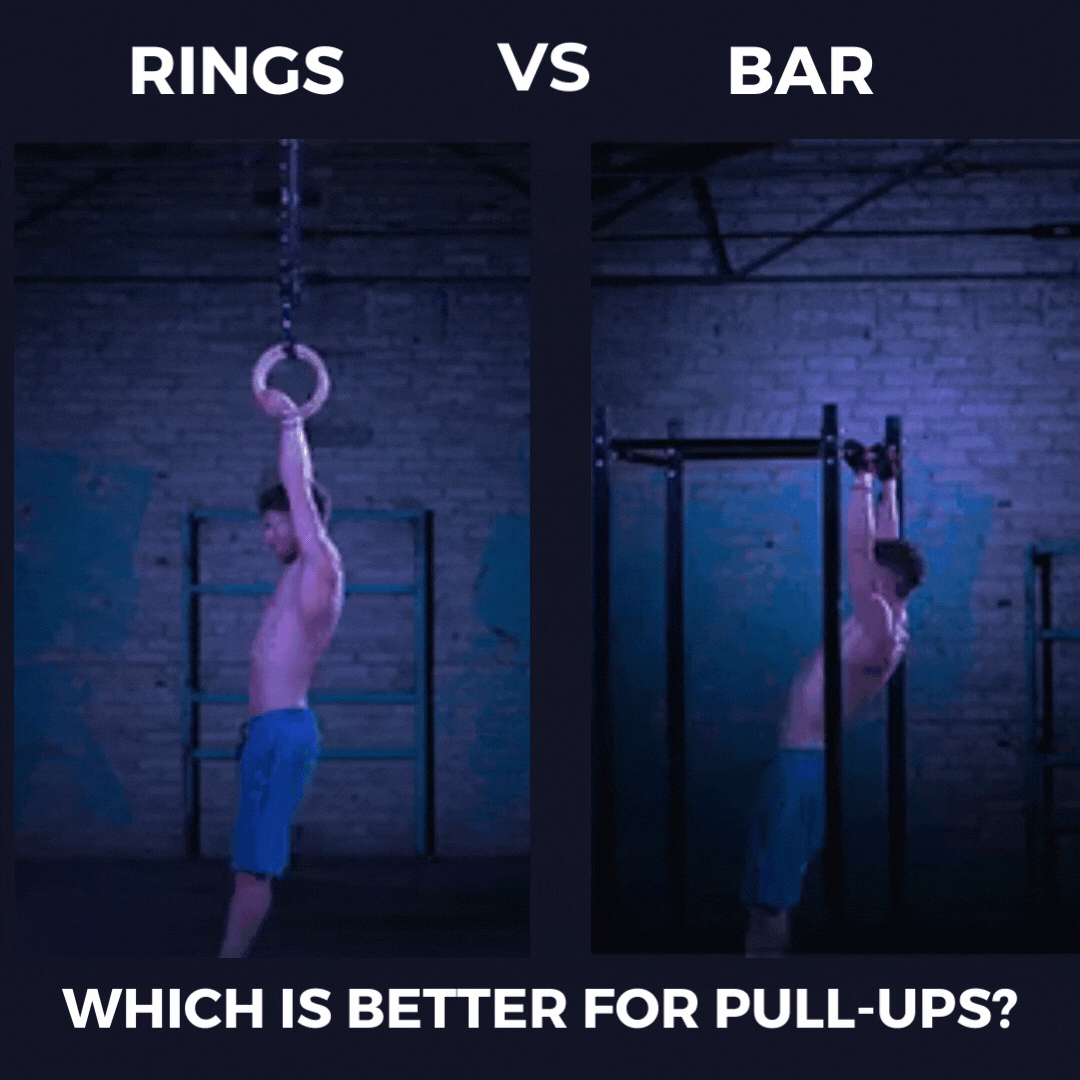
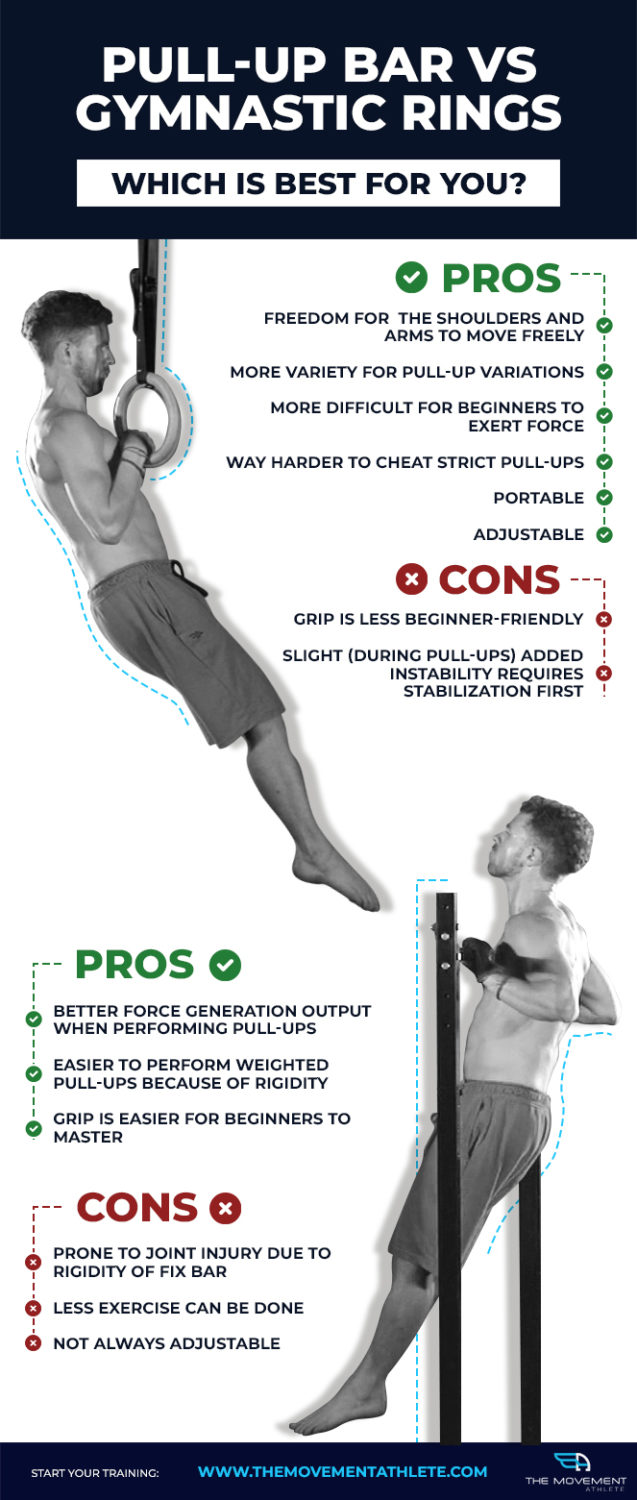
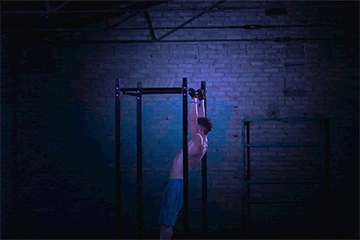
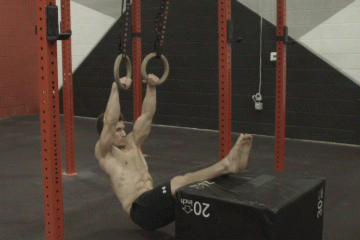
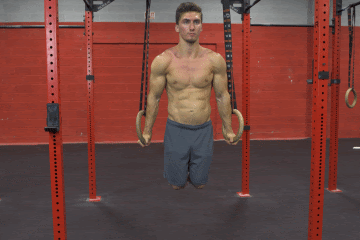




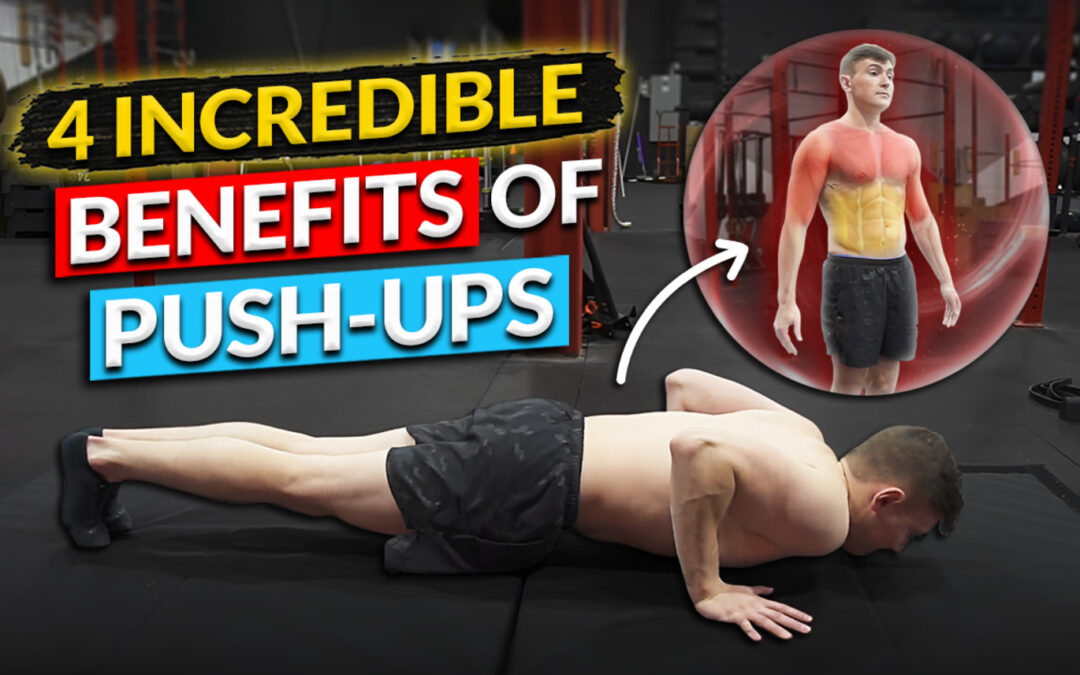
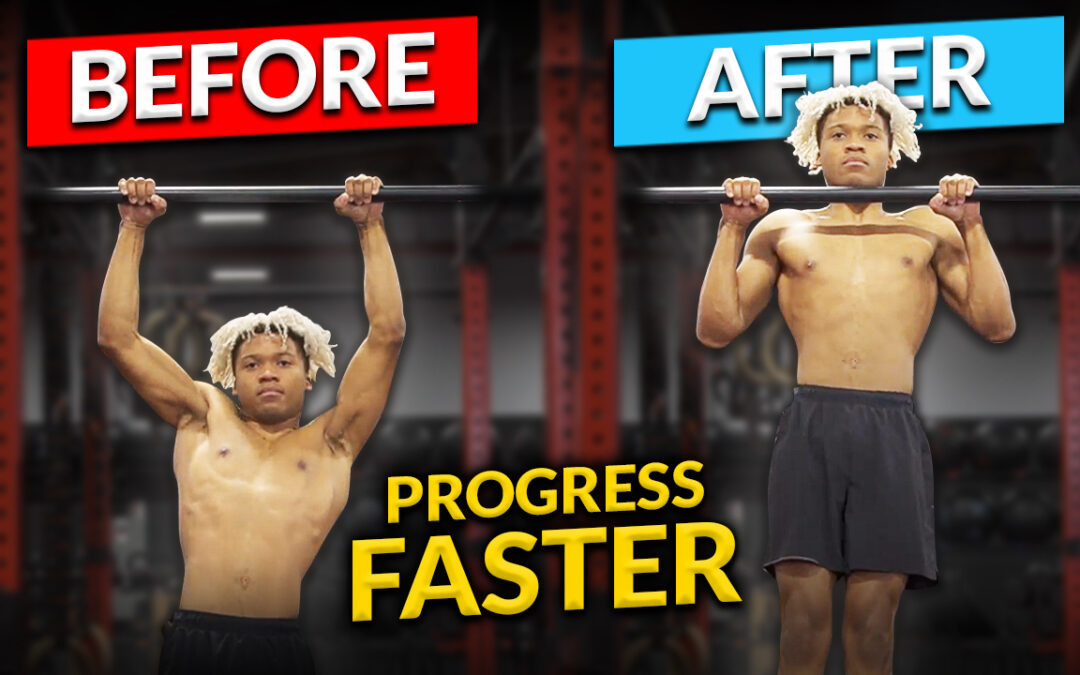
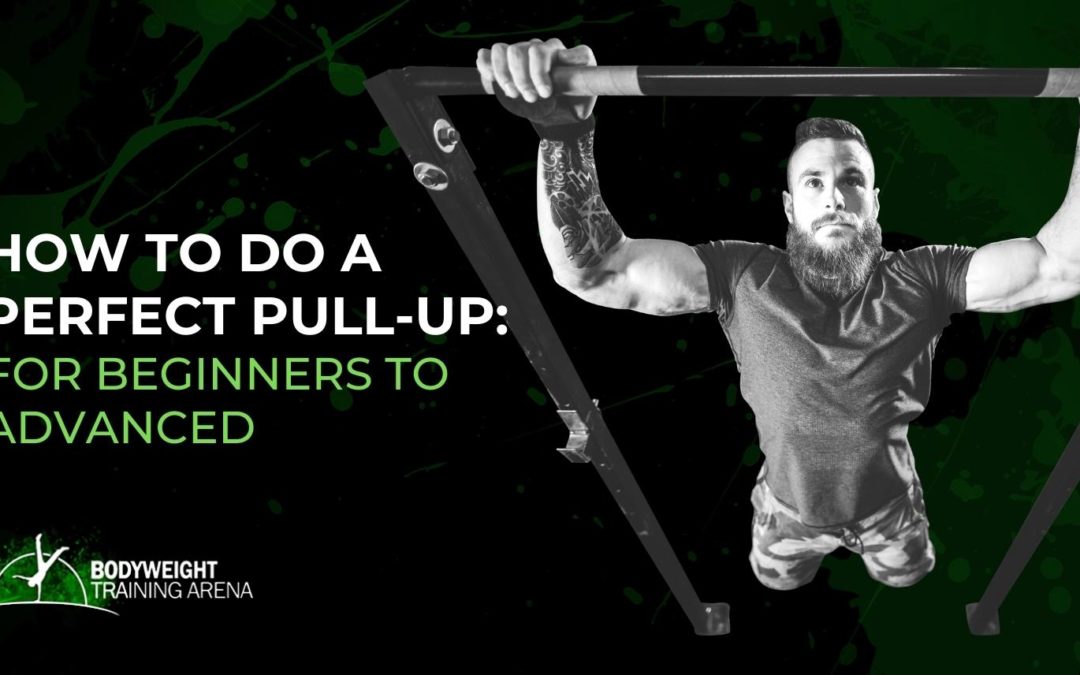


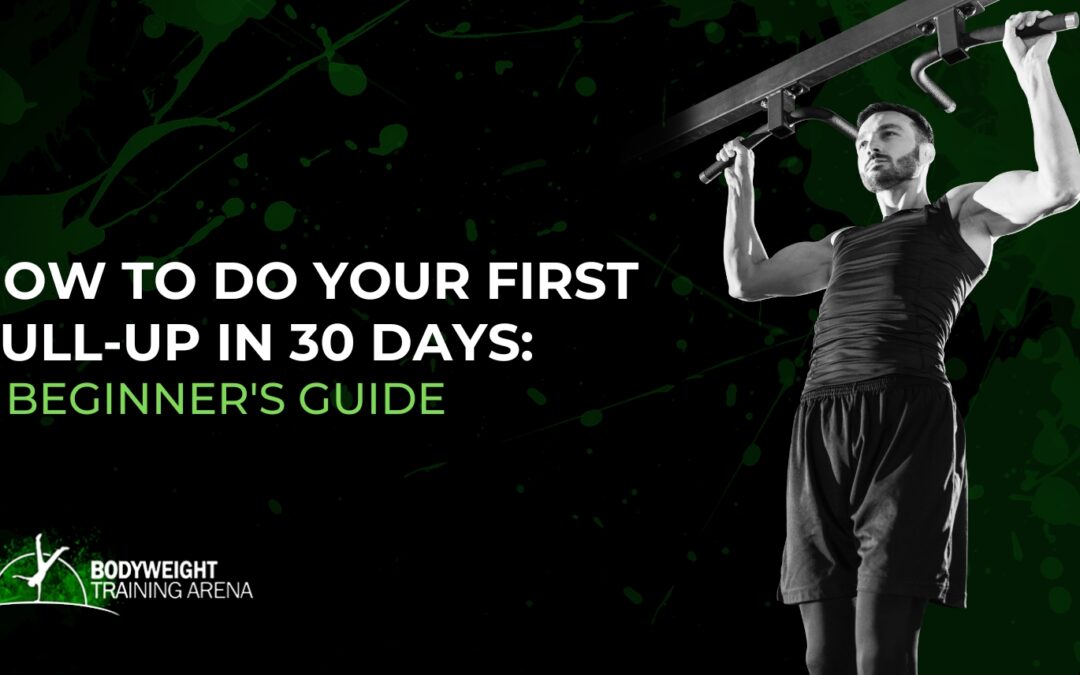
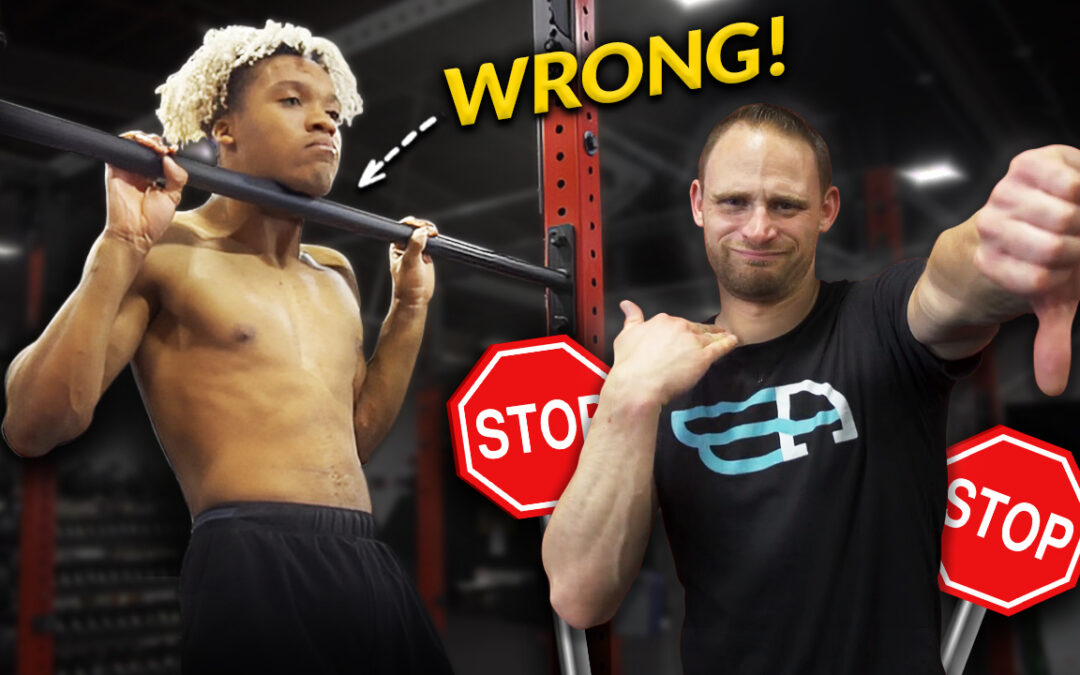
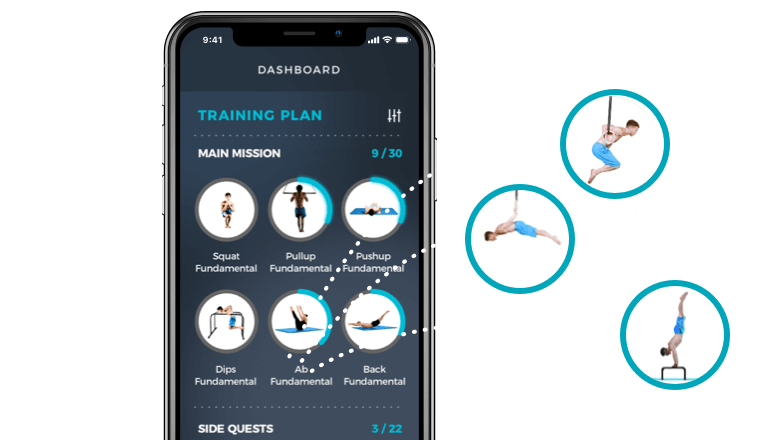
0 Comments